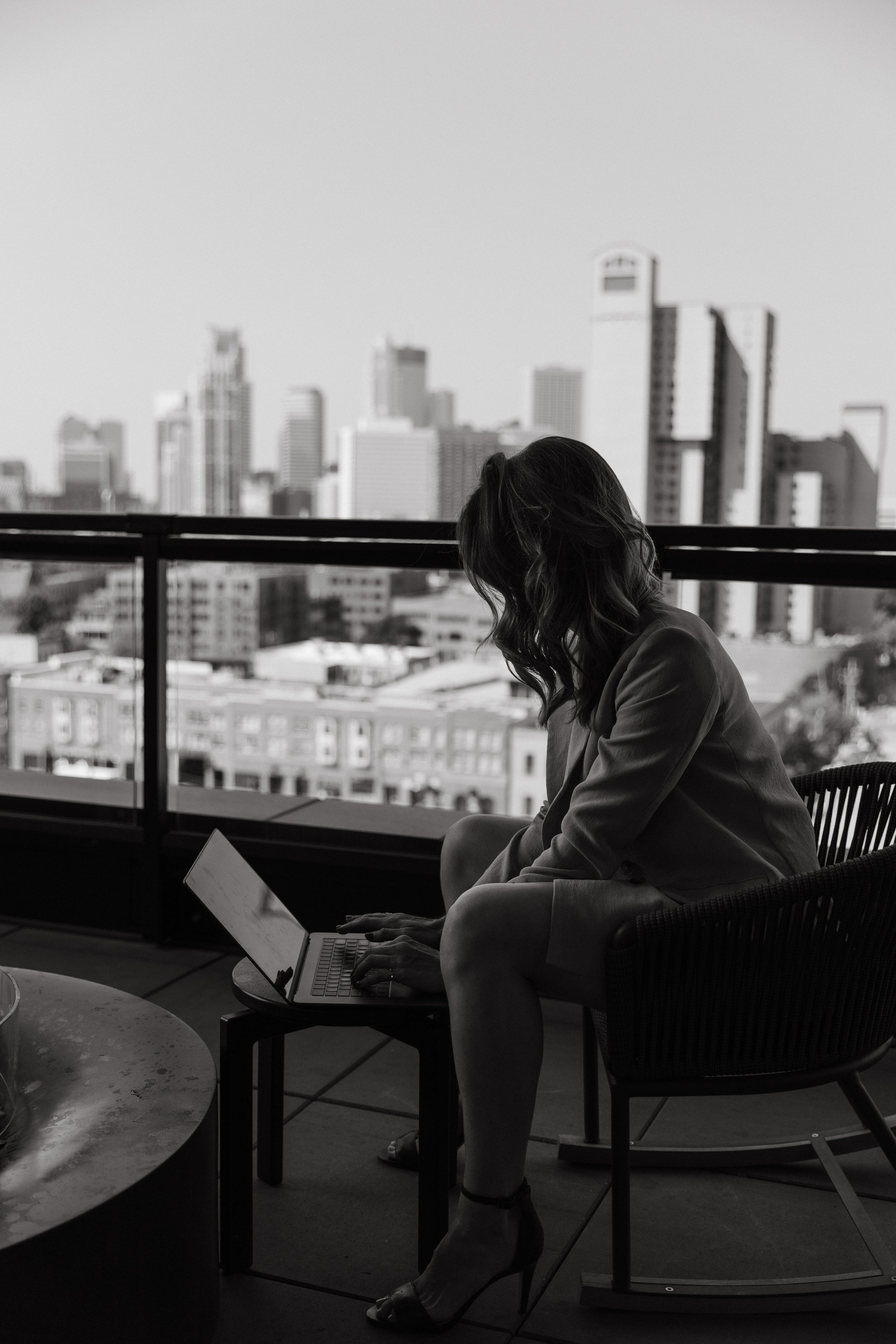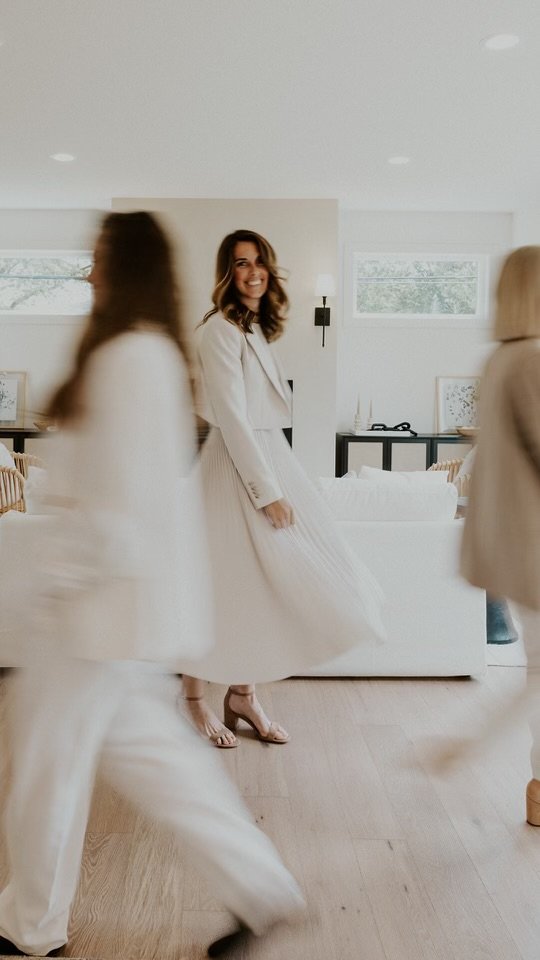Empowering Real Estate Investors
YOU’RE A LANDLORD… NOW WHAT?
Cheers to making money while you sleep! When you’re looking to lease out a long-term rental, there are quite a few steps to maximize your rental income.
The great news, though, is that the investment up front pays off in the long run, and once defined, it is easy to execute each time you have a vacancy AND to apply towards more rental purchases as you build out your portfolio. Rinse and repeat!
ORDER OF OPERATIONS
Apply for a rental license—It is important to apply for the appropriate rental license in your area because there are generally differences between short-term and long-term rental licenses.
Research and implement any repairs or improvements needed. You will want to do a competitive market analysis to understand better what monthly rent you can achieve based on your rentals finishes. Think paint, light fixtures, countertops, etc., and make Improvements as needed to hit your rental income goals.
Once any updates are made and you feel good about how you stack up to the competition, you will want to invest in professional photography. This is key and makes the world of a difference for driving digital views and foot traffic. The best part is that it only needs to be done once and can be reused each year!
Once your home is showcase-ready, you can begin marketing the property for rent on different marketing platforms and begin booking showings. Be sure to reiterate any property rules and/or details, and ask a few upfront questions before booking showings to minimize your time from being wasted.
5 KEY TERMS TO INCLUDE IN YOUR LEASE
1 | Cleaning fee
I would highly suggest that landlords include a specific cleaning fee that will be kept from the security deposit upon the lease end date. This helps alleviate any later discussions around whether your rental unit has been cleaned up to your standards and prevents disagreements.
Example: A cleaning fee of $200 will be kept from the damage deposit. This does not eliminate the tenant's obligation to leave the unit in a clean and tidy manner upon move-out.
2 | NAIL HOLES
Whether you have an older rental building like me that is plaster, or newer construction that offers drywall, I highly recommend including expectations around hanging wall art and what quantity of holes you are willing to cover repairing vs. what is the responsibility of the tenants upon moving out.
Example: Tenants are allowed to hang art/photos on walls. Tenants are to leverage the wall picture ledge when possible to reduce damage to walls and plaster. If more than 15 picture holes are made throughout the entire unit, cost of materials and labor needed for repairs will be removed from tenants' damage deposit.
3 | NUMBER OF OCCUPANTS + PETS
It is important to clearly outline the tenant(s) full legal names on a lease, as well as how many tenants reside in the unit + any pet(s). This will help limit additional tenants or animals from moving in.
Example: If a tenant would like to foster animals or make additional money off Rover dog watching, that would not be allowed based on lease guidelines limiting the pet restriction number and clearly identifying the pets name.
4 | length of guest stay
Now this one may seem a bit odd to include within a lease, but you never know! It is recommended that you outline the maximum length of stay any one guest is allowed to reside/stay at your property. This is a personal preference, but important to keep in mind - wear and tear, utility usage, noise levels, etc. are all impacted when guests come to visit. With remote work and other factors increasing over the years, it is encouraged to include a maximum length of stay of guests within your lease terms.
5 | smart home devices
Integrating smart home devices into residential rental agreements is becoming increasingly common. Here's some verbiage you might consider including:
Specify whether tenants are allowed to install their own smart home devices and under what conditions. If permission is required, outline the process for obtaining landlord approval.
Address what happens to smart home devices at the end of the tenancy. Specify whether tenants are required to remove all installed devices and restore the property to its original condition, or if they may leave them in place for the next tenant or the landlord's use.
HELPFUL TOOLS + RESOURCES
Whether you're a seasoned property owner or a first-time landlord, my Landlord Starter Kit aims to empower you with the knowledge and tools needed to create a seamless rental process that protects your interests while fostering a fair and respectful living environment for your tenants!
This Starter Kit includes a full list of 14 terms to include in your lease agreement, a rental application template, a move-in/move-out checklist, and more.
All the best!
JMF















The Landlord Starter Kit provides essential platforms, templates, and strategies to establish strong rental property operations. From comprehensive lease agreement details and move-in/move-out checklists to an order of operations and rental application forms, this kit equips new and experienced landlords with practical resources to manage their rental properties efficiently.